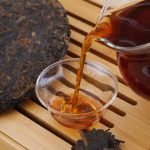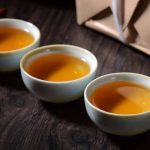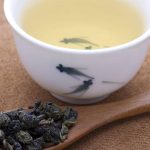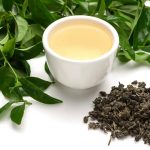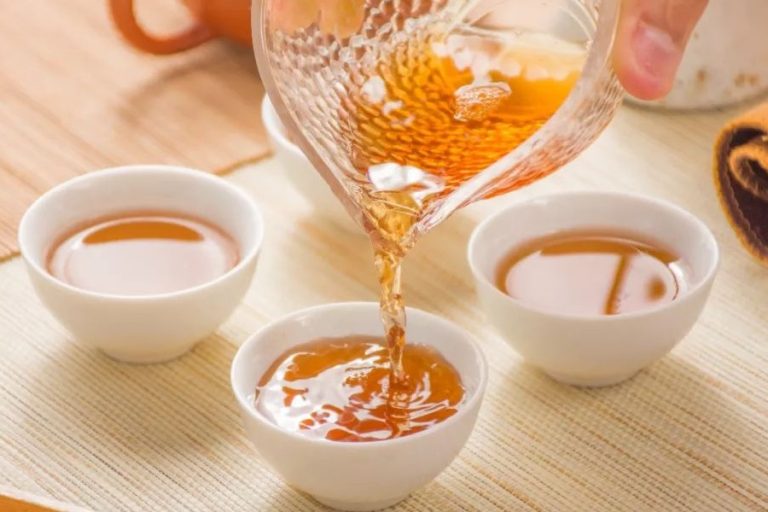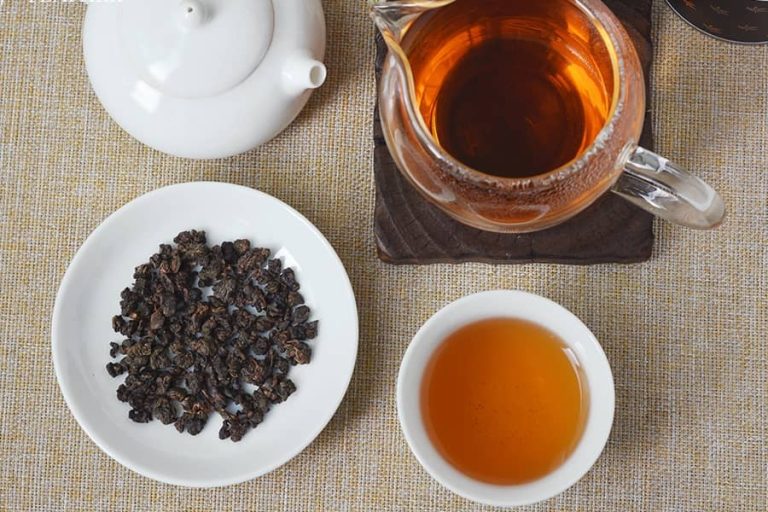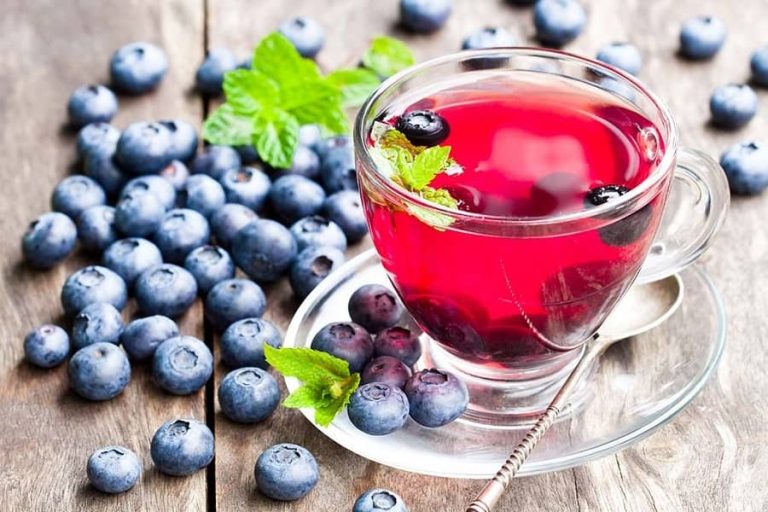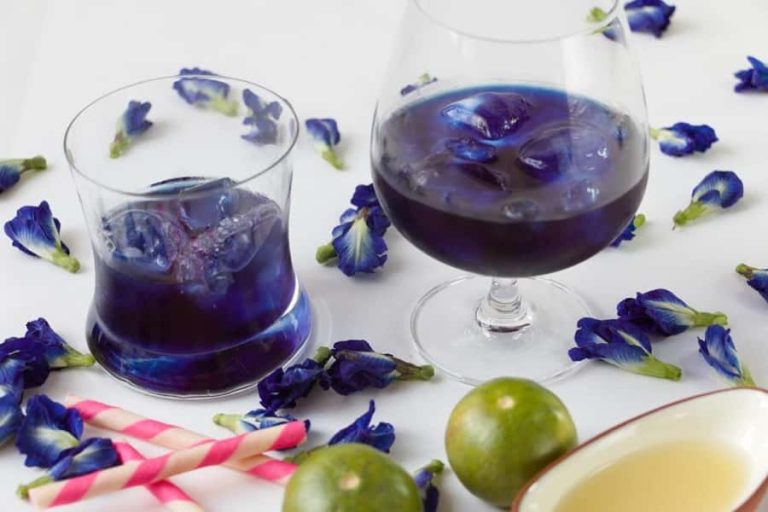Exploring the Delights of Purple Tea
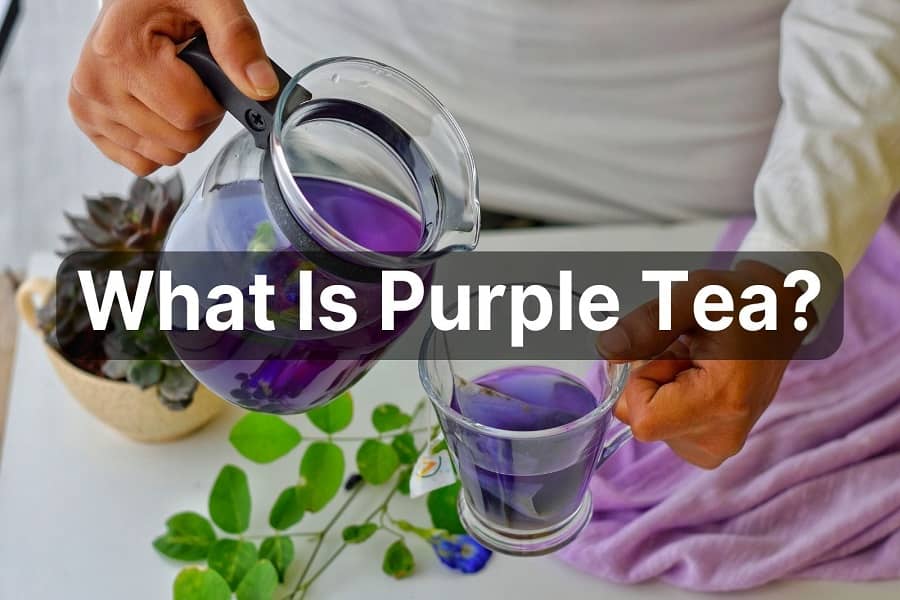
Purple tea, a unique and captivating variety of tea, has been gaining popularity among tea enthusiasts in recent years. With its striking purple hue and distinct flavor profile, this tea offers a delightful experience that sets it apart from other traditional teas. In this article, we will delve into the origins of purple tea, its characteristics, health benefits, production process, brewing techniques, culinary uses, availability, and its positive impact on sustainability.
Characteristics of Purple Tea
Purple tea stands out with its vibrant purple color, which is derived from the high anthocyanin content in the tea leaves. This antioxidant-rich compound not only contributes to its stunning appearance but also provides potential health benefits. In terms of taste, purple tea offers a unique flavor profile characterized by a combination of fruity and floral notes with a subtle earthiness. Its smooth, clean finish makes it a pleasant and refreshing choice for tea lovers.
Health Benefits of Purple Tea
Similar to other types of tea, purple tea contains beneficial antioxidants that may help protect against oxidative stress and promote overall well-being. The high anthocyanin levels found in purple tea leaves are believed to have anti-inflammatory properties and may contribute to cardiovascular health. Additionally, purple tea is low in caffeine, making it a suitable option for those seeking a milder tea experience.
Varieties of Purple Tea
The primary purple tea variety is derived from Camellia Sinensis, the same plant used to produce traditional green, black, and oolong teas. However, there are also other cultivars and hybrids developed specifically for purple tea production. Each variety offers its own unique flavor profile, allowing tea enthusiasts to explore and savor a diverse range of purple tea experiences.
Production Process
The cultivation and processing of purple tea involve special techniques to retain its signature purple color. The leaves are carefully harvested, selecting those with the highest anthocyanin content. The oxidation process is controlled to preserve the purple pigments, resulting in a tea that retains its vibrant hue. The precise handling and processing techniques contribute to the distinct characteristics of purple tea.
Brewing Purple Tea
To achieve the best flavor from purple tea, it is recommended to use water at a temperature around 175-185°F (80-85°C) and steep the leaves for about 2-3 minutes. Adjustments can be made based on personal preference. The tea-to-water ratio and brewing method should also be considered to ensure a well-balanced and enjoyable cup of purple tea.
Culinary Uses of Purple Tea
Purple tea can be enjoyed not only as a beverage but also as an ingredient in culinary creations. Infused beverages such as iced teas and tea blends can showcase the unique flavors of purple tea. Additionally, its distinct profile makes it a versatile ingredient in desserts, sauces, and even savory dishes, allowing for innovative and creative culinary experiences.
Popularity and Availability
While purple tea is still relatively niche compared to other teas, its popularity is growing worldwide. Regions known for producing purple tea include Kenya, where it was first developed, as well as certain parts of China and India. Specialty tea shops and online retailers increasingly offer purple tea, making it more accessible to tea enthusiasts eager to explore this distinct variety.
Purple Tea and Sustainability
The cultivation of purple tea has positive environmental and social impacts. The tea plants are generally grown using sustainable agricultural practices, reducing the use of chemical inputs. Additionally, the production of purple tea provides economic opportunities for local communities, supporting their livelihoods and preserving traditional tea-growing regions.
Conclusion
Purple tea’s captivating appearance, unique flavor profile, and potential health benefits make it a tea worth discovering. Its distinct characteristics, coupled with its growing availability, offer a delightful and enriching tea experience. As you embark on your journey into the world of tea, be sure to explore the wonders of purple tea and appreciate its cultural heritage and positive impact on sustainability. Cheers to the delights of purple tea!

